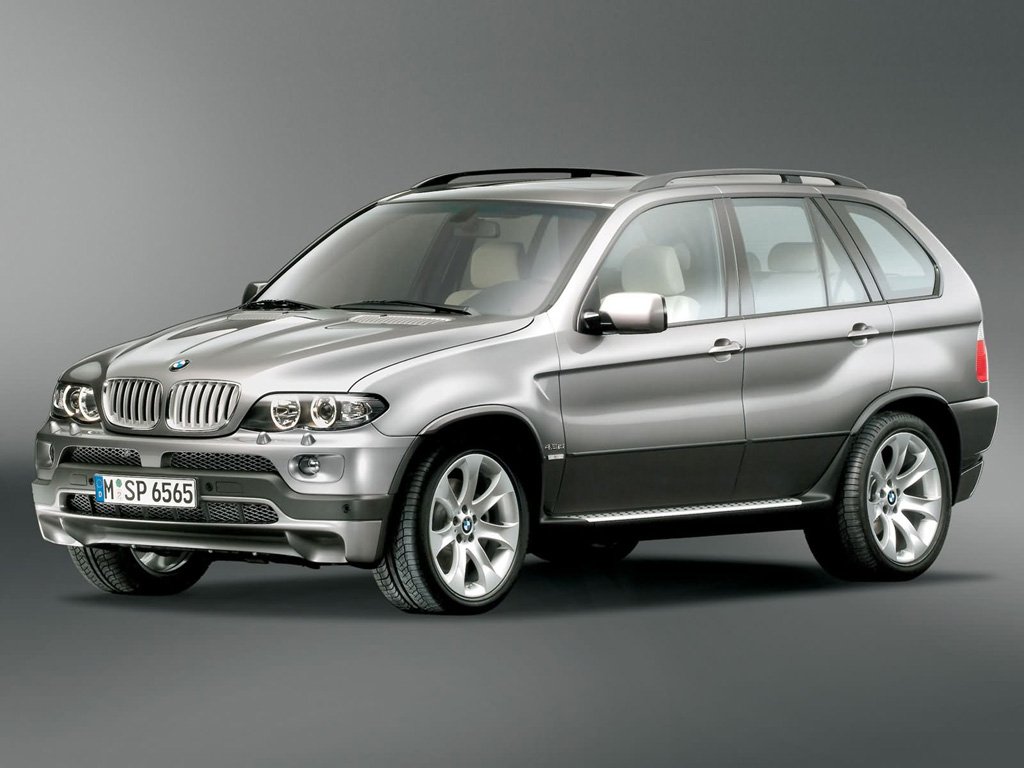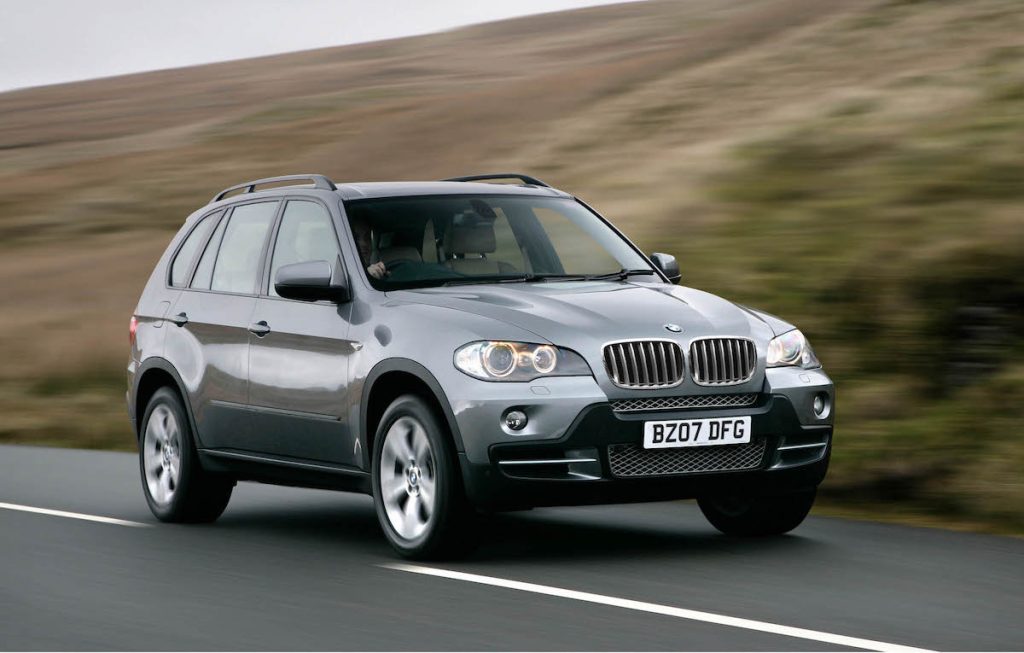We are at the end of 2024, and we still see how the first two generations of BMW X5 are still present in a very large number among us, which proves that there were two very successful generations of BMW X5.
The BMW X5 is among the loveliest vehicles in today’s market’s midsize luxury SUV segment. The first generation was codenamed E53 and it started in 1999. The second-generation BMW E70 X5 was introduced in 2006 and as with many second-generation vehicles, it came in with a new set of enhancements.
The two common engines for these two generations are the 30d diesels for the E53 facelift and the E70, with the E53 X5 30d facelift having an engine power of 218hp (M57 engine), respectively 245hp for the E70 30d facelift (N57 engine).
But which of these facelifted models are more superior?
See below the differences between the 3-liter diesel models of the first two generations of BMW X5, to give you an idea about performance, reliability, price, and other aspects.
Table of Contents
Release Dates
The first generation E53 BMW X5 came to the market at the end of 1999. In 2004 BMW released the Facelift model with slight changes done on the exterior as well as the interior of the car. The E70 X5 Facelift has been on sale until 2007.
The second generation E70 BMW X5 was released to the market in November 2006. Like its previous model, it was also facelifted in 2010 for the 2011 model release in the market. So, the X5 has a generational update every 5 years.
Technical Specifications
Defining the parameters of both generations of X5 makes it possible to mark them as cars with marvelous performance regardless of the size and weight of midsize luxury SUVs. They both have permanent full-time all-wheel drive installations for the purpose of providing for various road kinds.
The E53 facelift comes fitted with a 6-speed automatic and the E70 comes with a more refined 8-speed automatic transmission with more speed and a quicker shift.
Some key technical specifications:

E53 BMW X5 Facelift 30d
Engine: M57 3.0L inline-6 ( single turbo )
Power: 218hp
Torque: 380lb-ft
0-60mph: 8.1 seconds
Curb weight: 5050lbs

E70 BMW X5 Facelift 30d
Engine: N57 3.0L inline-6 ( single turbo )
Power: 245hp
Torque: 406lb-ft
0-60mph: 6.9 seconds
Curb weight: 4903lbs
Let’s look at the thus rated numbers they bear: here, both have 3.0L diesel straight 6 power plant configuration, though improvements are found to be clearly discernible in the E70 due to upgraded twin turbocharging. The E70 is also lighter than the E53 by 147lbs.
Engine Power and Acceleration
The performance numbers are there as a testimony – the E70 30d’s engine delivers 245hp and 406 Nm of torque as opposed to the E53 with the output of 218hp and 380 Nm of torque.
This power advantage is well translated into acceleration; the E70 30d goes from standstill to 60 mph with a speed of 6.9 seconds; 1.2 seconds faster than the E53. Therefore, regarding those who desire a stronger and quicker accelerating BMW diesel SUV, the E70 30d clearly deserves the win in this sector. It is smooth but has good punch right through the rev range and is very usable in the real world.
Fuel Consumption
While faster and more powerful, the E70 X5 delivers similar fuel mileage numbers to the older E53 due to enhancements in engine and transmission efficiency technology:
E53 X5 Facelift 30d: 22/29/25 mpg
E70 X5 Facelift 30d: 23/31/26 mpg
Thus, drivers can realistically look forward to an additional 1-3 mpg for city, highway, and average in the fresh new second-generation model. This is a relatively slight increase in fuel economy, which is rather commendable bearing in mind the massive hike in power.
While both facelifts’ of the first and second generations of the X5 30d diesels contain similar fuel tank sizes, the overall range one can obtain per tankful is effectively identical at approximately 674-685 km. As for longer-distance motorway travel, the E70 may have the upper hand given its +2 mpg rating in terms of highway use.
However, they are both some of the most fuel-efficient cars in terms of being SUVs with lots of luxury factors added to them.
Reliability
Both generations of BMW X5 are generally reliable vehicles, but they have had some typical issues:
E53 common problems:
- Transfer case wears out too soon
- Faulty fuel pumps
The other problem with suspension air compressor
E70 common problems:
- Oil leaks
- Electrical glitches
- Faulty fuel injectors
While used cars usually present more problems to foresee, it is advisable to search for cars with many service records. However, when considering the inline-6 engines in these vehicles, they have held up well with just normal standard maintenance. Some parameters do take a hike when it comes to the repair costs and, indeed, complexity – the choice of the V8 instead of the more reliable straight 6 engines.
Pricing
As expected, current resale values tend to favor the newer second-generation X5 models:
E53 X5 Facelift: From $10,000 to $15,000 depending on the year, the first owner, mileage, and overall condition.
E70 X5 Facelift: Price ranges: $15,000 – $25,000 depending on year, mileage, and condition
Given that these cars were sold for $60,000-$100,000 when new, this shows durability and continuing market interest in the BMW X5 even with two new generations in circulation.
Clients do actually get more for their money by opting for the newer E70 with more power, quicker acceleration, the same efficiency, and far superior, up-to-date infotainment technology. That’s where the E53 comes in handy if a person is interested in a more traditional and affordable BMW X5 model.
Conclusion
Namely, engine power, acceleration ability, transmission system, technology, etc, while the older E53 model still holds its ground and arguably would have outclassed the E70 X5 30d in other speeds and features if it had been built several years later.
Both vehicles offer sport-tuned on-road manners despite the bulky size of SUVs. It provides rewarding fun to drive along with the practicality of a people mover and load carrier.
The E70 is slightly pricier; however, it comes with improved performance and additional recent interior amenities. In a nutshell, for buyers seeking plenty of value, there is nothing wrong with making the E53 X5 one of your used luxury vehicle resource options.
Those seeking power and the thrill of a drive can benefit much more from the exceptional E70 instead. That’s why it boils down to which is more important to you: new tech and a high level of objective performance or as much as possible for your money, which will still give you a very good luxury SUV.
Either way, both the E53 and E70 BMW X5 suit the luxurious family’s needs rather well.
What is your opinion regarding both models? Which one would you prefer? Let us know your opinion in the comments below.
from Auto Blog | Latest Car News and Reviews, Trucks, Bikes, and Motorcycles https://ift.tt/1BjoNrm
No comments:
Post a Comment